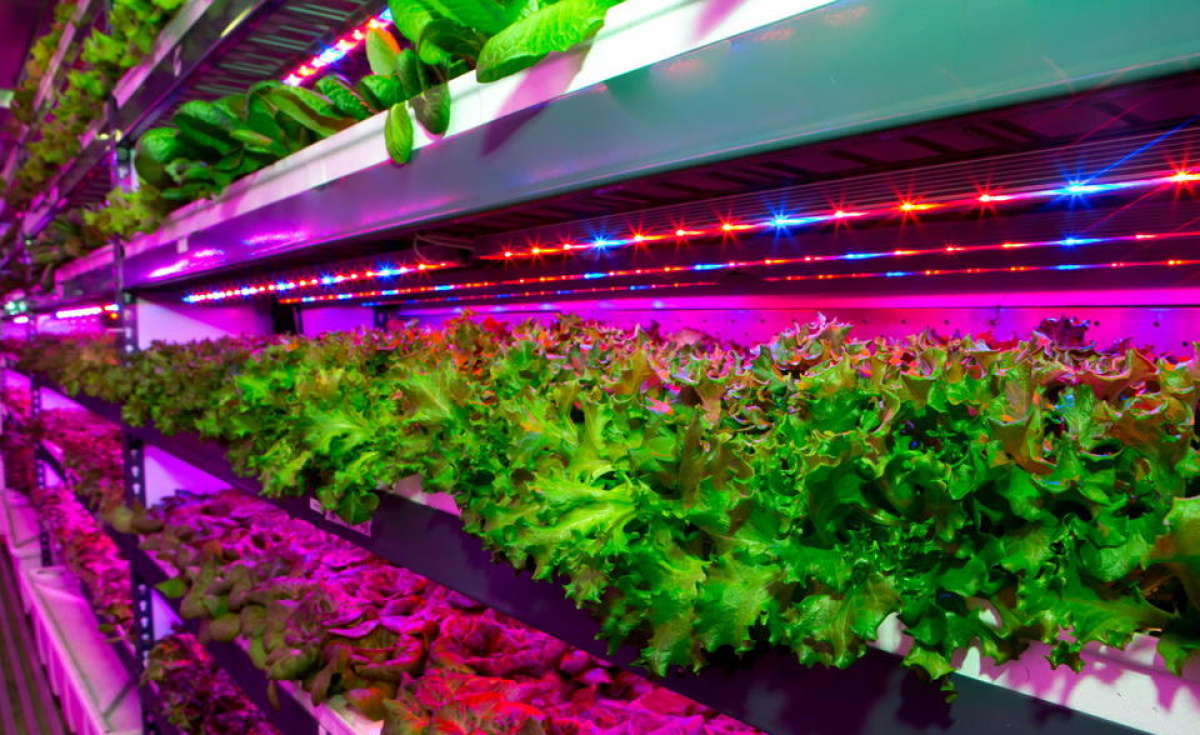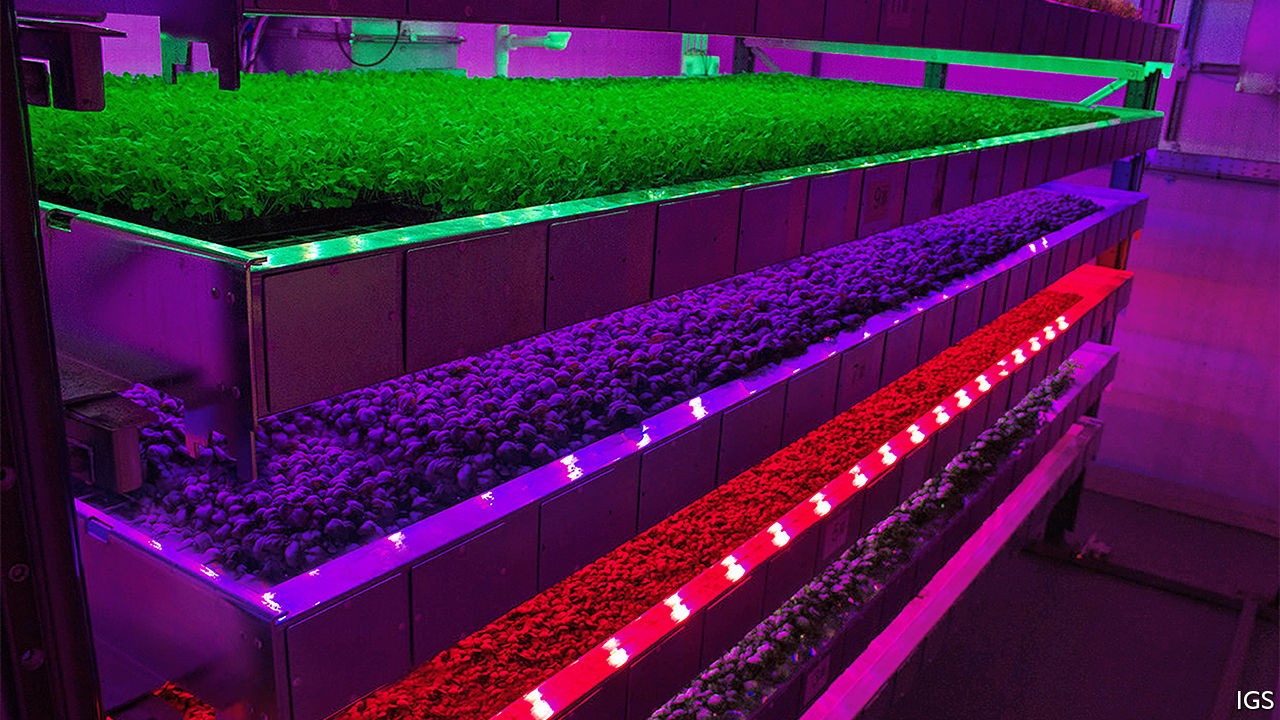Since the gardeners are very much aware of the new concept and practices of vertical farming, while vertical farming itself involves growing plants, vegetables, vines, and microgreens in inclined spaces using multiple staking and layers. Today, vertical gardening is the most practiced farming technique in urban areas where citizens urge to grow organic food for meeting local fresh produce needs. Further, this practice is most common in the city apartments, condo houses, and front and backyard gardens in big homes. Some gardeners also utilize their basement and garages for this purpose. However, controlling the indoor growing environment is the typical requirement when it comes to vertical farming.

The growers need to control temperature, humidity, CO2, and light well according to the needs of plants that grow in any vertical farming system. The purpose of farming in a vertical arrangement is clear.
Firstly, the best utilization of a neglected corner somewhere, in the house, and secondly, to get around the year organic produce that is otherwise, not possible without regulating indoor growing conditions. Besides, the advantage of added growth is already there since vertical farming ensures higher production compared to the limited space utilized in any growing environment. Vertical gardening is considered one of the most reliable farming methods where growers could consistently grow the crops of their choosing. Whatever is the outdoor weather, growers get least affected by the extreme weather happenings if the plants adjust themselves to the indoor growing environment. The vertical gardening environment is also highly protected, and the plants growing in such conditions can't sense what is happening out of the growing environment. The growers can take a start at any time, as the concepts of spring or Autumn is out of the question there. Moreover, postharvest losses reduce to a greater extent. However, the vines or vegetables that grow in vertical farming are more perishable than the field crops. The postharvest care could extend product life that includes preservation of juices, extracts, pulps, and more. Generally, the vertical gardeners are at liberty to design and build their farming systems irrespective of the climate and location. The stacking allows vertical gardeners to increase their growing space considerably. One stalked farm could produce a yield equivalent to 5 hectares of open cultivation. Other advantages include saving a lot of irrigation water as vertical farming relies on hydroponic culture, and several planting techniques exist within a hydroponic culture that reduces irrigation water use to nearly 10% because the same nutrients solution remains in the cycle and the excess goes back to the reservoir where it is pushed again to root zone of the plants for reabsorption.

Being operational in or near the main cities, these production systems often cut down the carriage cost, and farm-fresh produce reaches end-users in the shortest possible time. Overall, fresh production carriage is the biggest issue with conventional farming, and it becomes non-viable for the conventional growers to compete with the productions that cultivate in the vicinity of big cities. One of the biggest advantages growing in the vertical systems is zero involvement of chemicals and insecticides that otherwise are a potential threat to humans' health. Some vertical gardeners somehow use water-soluble fertilizers that contain nitrogen, phosphorus, and potassium in large proportion. But, alternatives are available that derive such nutrients from organic sources and limit the potential threat to humans and the environment.

While growing in an environmentally controlled farming system like vertical farming, it provides the growers with an opportunity to regulate temperature, and multiple heating and cooling options may be available to control this factor. Similarly, they could control humidity and CO2 to the desired extent during different stages of growth. The light is responsible for food assimilation and the entire physiological processes in plants.
Vertical farms don't have access to direct sunlight, where they need to depend on an artificial source of light to carry the process of photosynthesis. For this reason, vertical gardeners depend on LED Grow Lights that could meet the plants' need to carry out the process of growth and development to the optimum level. Often, the light fixtures used for vertical farming are slim and elongated that could adjust in tight spaces along with a wavelength that could help plants grow during all stages.
GLMX120 is a similar type of light fixture with the characteristic of the full wavelength that could deliver light at a 120º angle with a marvelous footprint of 25 square feet. It is an ideal light for growing several types of vegetables in vertical farming set up. But. It typically designs for the growing of cannabis in your vertical arrangement. Moreover, it's the choice of commercial cannabis growers who willingly install it when it comes to growing indoors.























